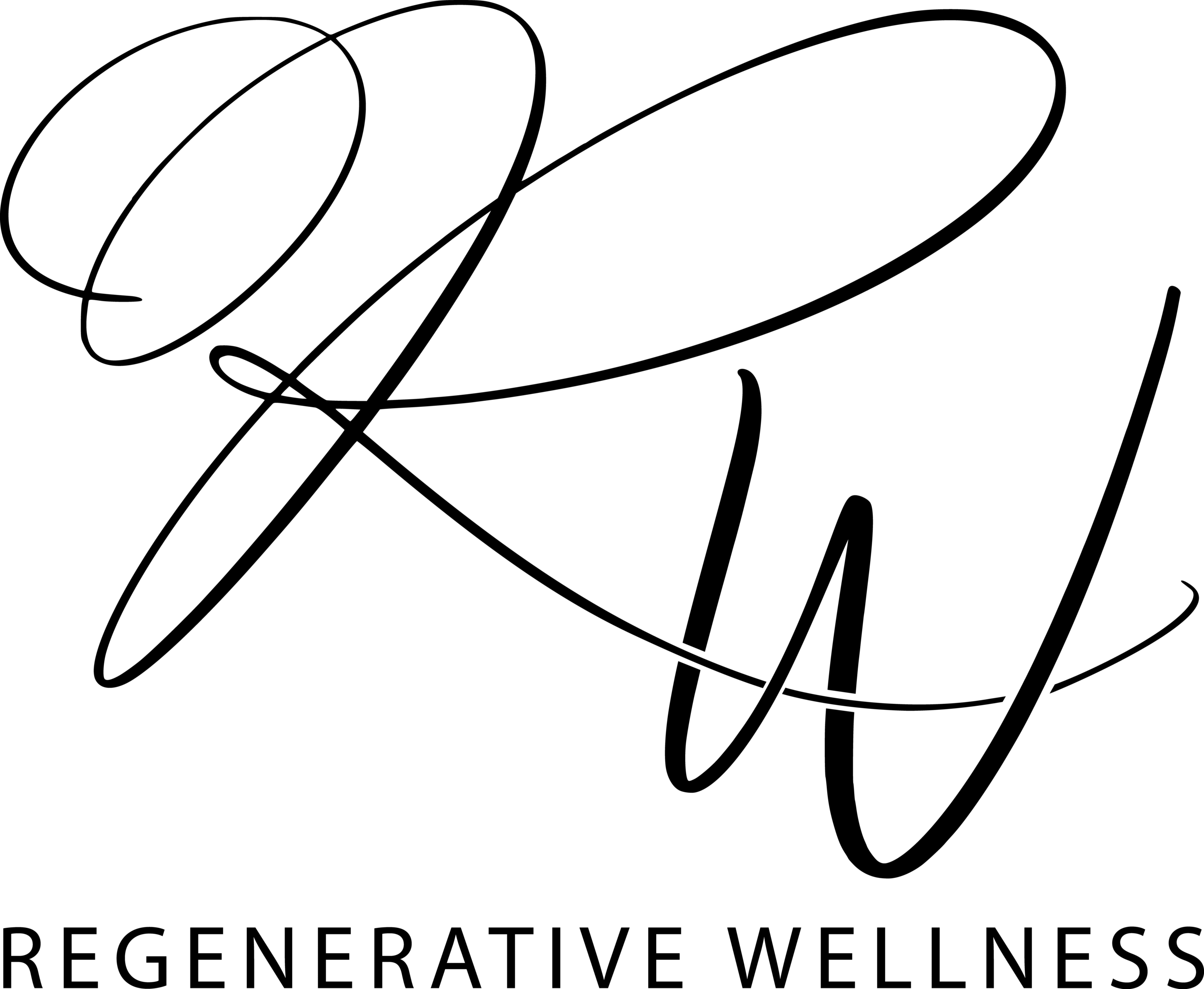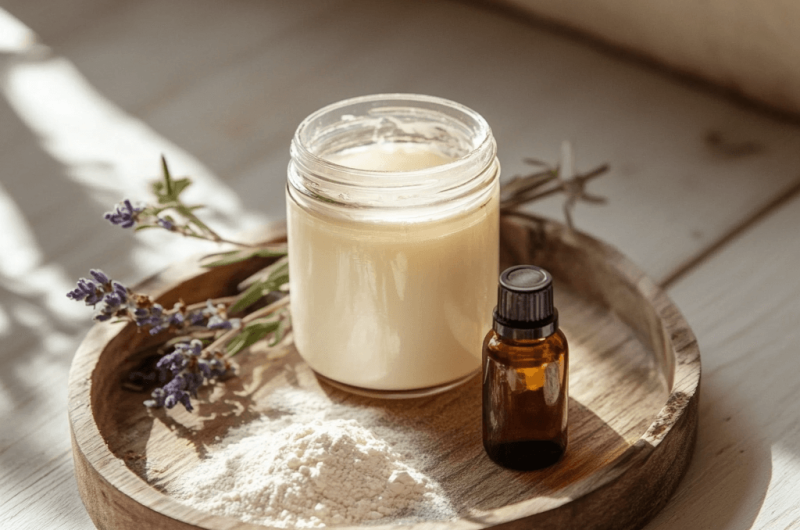Using a DIY natural homemade sunscreen is a powerful way to protect your skin from harmful UV rays while avoiding the synthetic chemicals found in many store-bought products. This guide explores a simple and cost-effective recipe using tallow, non-nano zinc oxide, carrier oils, and essential oils. We’ll also discuss the risks of commercial sunscreen ingredients, the importance of Vitamin D synthesis, and why natural alternatives offer effective protection without compromise.
Why Choose a Natural Sunscreen?
Commercial sunscreens often contain chemical filters like oxybenzone, avobenzone, and octinoxate, which are absorbed into the skin. Research has linked these chemicals to hormone disruption, skin irritation, and potentially carcinogenic effects. Additionally, they contribute to coral reef bleaching and marine pollution.
Beyond these concerns, many sunscreens block UVB rays—essential for Vitamin D production. Vitamin D is critical for bone strength, immune support, and mood regulation. A natural homemade sunscreen helps protect the skin while still allowing small amounts of UVB for healthy Vitamin D levels.
The Benefits of Key Ingredients for your Natural Sunscreen
This DIY sunscreen recipe uses natural ingredients that both nourish and shield the skin—free from toxic additives.
Tallow
• Rich in vitamins A, D, E, and K
• Supports the skin’s natural barrier
• Excellent for dry or sensitive skin
Non-Nano Zinc Oxide
• A mineral sunscreen that reflects UVA and UVB rays
• Non-nano means it won’t absorb into the bloodstream
Carrier Oils (Coconut or Sweet Almond)
• Provide smooth texture and light sun protection
• Coconut oil is antimicrobial
• Almond oil is nourishing and gentle
Essential Oils
- Lavender Oil: Calms irritation and soothes sun-exposed skin
- Carrot Seed Oil: Offers natural antioxidants and SPF-enhancing properties
DIY Natural Sunscreen: Safe, Effective, and Skin-Nourishing
120-150
ml10
minutes5
minutesIngredients
1/2 cup tallow (grass-fed if possible)
2 tablespoons non-nano zinc oxide
1/4 cup coconut oil or sweet almond oil
10 drops lavender essential oil
5 drops carrot seed essential oil
Optional: 1 tablespoon shea butter
Directions
- Melt the Base:
In a double boiler, gently melt the tallow and carrier oil. Add shea butter if using. - Cool Slightly:
Remove from heat and let it cool—but not enough to harden. - Add Zinc Oxide:
Wearing gloves or a mask, stir in zinc oxide and whisk until smooth. - Add Essential Oils:
Mix in lavender and carrot seed oils. - Store:
Pour into a clean, airtight glass jar or metal tin. Let it solidify at room temperature.
Notes
- How to Use your Sunscreen
Apply generously 15–20 minutes before sun exposure
Reapply every 2 hours or after swimming/towel-drying
Note: It may feel slightly thicker than store-bought creams—spread evenly - Shelf Life: Up to 6 months
Storage: Keep in a cool, dark place in a sealed jar. Avoid direct heat or sun.
The Environmental Impact
Chemical sunscreen filters like oxybenzone damage coral reefs, which has led to bans in Hawaii and Palau. Switching to a natural sunscreen protects both your skin and marine ecosystems.
Final Thoughts on Natural Sunscreen
Choosing a homemade sunscreen is a win for your health, your wallet, and the planet. This easy DIY recipe uses clean ingredients that nourish the skin while offering reliable sun protection. By making your own, you’re supporting your body’s natural systems—like Vitamin D production—while avoiding toxins and environmental harm.
Give this sunscreen a go and enjoy the peace of mind that comes with knowing exactly what you’re putting on your skin.





